NFPA 53, Recommended Practice on Materials, Equipment, and Systems Used in Oxygen-Enriched Atmospheres
NFPA 53 sets recommended criteria for safely utilizing oxygen in liquid or gaseous form and designing systems for use in oxygen-rich atmospheres, prioritizing safety in such environments.
Current Version: 2021
Revision Cycle:
Fall 2025
Next Edition: 2026
Status:Active
Introduction
NFPA 53 outlines the safety standards for materials, equipment, and systems used in oxygen-enriched atmospheres, emphasizing fire prevention and safe operational practices. The 2024 edition introduces updates to ensure better protection in environments with oxygen concentrations above 23.5%.
Key Changes in the Latest Edition
- Material Compatibility: Revised guidelines for selecting materials that are safe for oxygen-enriched environments.
- System Design Updates: New design standards to minimize fire risks and ensure system integrity.
- Enhanced Safety Protocols: Strengthened safety measures for handling oxygen-enriched atmospheres.
Notable Features of the Current Version
- Improved material and equipment selection to avoid risks in oxygen-enriched conditions.
- More comprehensive system design guidelines to prevent hazardous situations.
- Increased focus on training and operational safety in oxygen-enriched settings.
Practical Implications
Facilities working with oxygen-enriched environments must implement the 2024 standards to ensure the safety of equipment and personnel. Regular training and updated equipment must align with NFPA 53 requirements.
Conclusion
The 2024 edition of NFPA 53 enhances safety protocols and system guidelines for environments containing oxygen concentrations greater than 23.5%, mitigating the risks of fire and ensuring safer operations.
Access NFPA 53 Now!
For more information and to ensure compliance, consult the official NFPA 53 (2024) document or work with a certified safety professional.
Book a free demo
Digitalize your Inspections with ZenFire
- Faster Inspection
- Deficiency Reporting
- Proposals
Everything you need in one Software.
Company
Support and Services
- (206) 456-8988
- 236 W 27th st Floor 12, New York, NY 10001, United States
- 299 Fremont St APT TH313, San Francisco, CA 94105
- A-302, Nyati Tech Park, New Kalyani Nagar, Wadgaon Sheri, Pune-411014
- hello@zentrades.pro
© 2025 ZenTrades Inc

